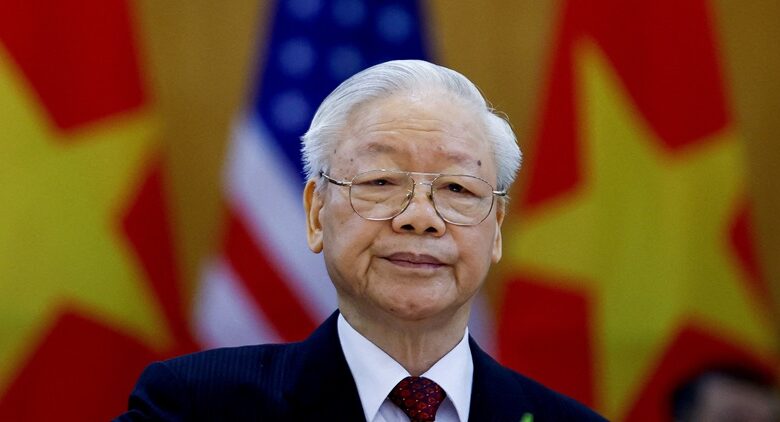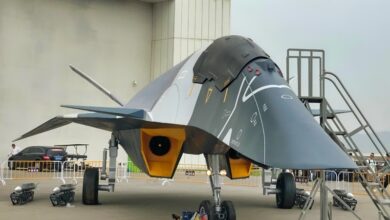South Korea Resumes Propaganda Broadcasts Amid Rising Tensions with North Korea

News Mania Desk/Agnibeena Ghosh/19th July 2024
On July 19, South Korea reignited Cold War-era tactics by resuming its propaganda broadcasts into North Korea. This action comes in response to North Korea’s recent balloon launches, which have intensified the longstanding hostilities between the two nations. The South Korean Joint Chiefs of Staff confirmed that loudspeakers along the border were used to broadcast anti-Pyongyang content from Thursday evening to Friday morning.
This marks the first time in approximately 40 days that such broadcasts have been made. Although the specific content of these latest broadcasts has not been disclosed, past broadcasts have included a mix of K-pop music, weather updates, news about Samsung, and criticism of North Korea’s missile program and its restrictions on foreign media.
The resumption of these broadcasts could provoke a strong reaction from North Korea, which is highly sensitive to any external efforts to undermine its regime. In 2015, South Korea’s restart of loudspeaker broadcasts led to a significant military confrontation, with North Korea firing artillery across the border and South Korea retaliating, though no casualties were reported.
South Korea’s military reported that North Korea launched its latest series of balloons, filled with waste materials, on the afternoon of July 18. This marks the seventh balloon campaign by North Korea in recent months. Since late May, North Korea has sent over 2,000 balloons containing wastepaper, scraps, and other refuse into South Korea. These actions are a response to South Korean activists who have used balloons to send political leaflets and other materials into the North. Despite North Korea’s claims, no hazardous materials have been found among these balloons.
In retaliation, South Korea has suspended a 2018 agreement designed to reduce tensions and has resumed limited propaganda broadcasts and live-fire military drills along the border. Earlier this week, Kim Yo Jong, the influential sister of North Korean leader Kim Jong Un, suggested that North Korea might escalate its response by sending more balloons or other countermeasures. She issued a stern warning that South Korean activities would come with severe consequences, potentially leading to more direct provocations.
South Korea’s military has heightened its alert status in preparation for possible North Korean retaliation. There are concerns that North Korea might shoot at incoming South Korean balloons or deploy floating mines in rivers. It remains unclear if South Korean activist groups have recently released anti-North Korean leaflets, but such activities have been common in the past. These groups often use helium balloons to distribute leaflets, USB drives with South Korean entertainment, and U.S. dollar bills into North Korea.
North Korea perceives these activities as significant threats to its control over information and views them as a serious challenge to its regime. Past incidents, including the destruction of a South Korean liaison office in 2020 and military exchanges in 2014, underscore the sensitivity surrounding these broadcasts.
The broader context of these escalating tensions includes North Korea’s ongoing missile tests and the expansion of U.S.-South Korean military exercises, which North Korea describes as invasion preparations. Additionally, North Korea’s growing relationship with Russia may embolden Kim Jong Un, especially with the upcoming U.S. presidential election in November. On July 19, North Korean state media reported a meeting between Kim and a Russian delegation led by Vice Defense Minister Aleksey Krivoruchko, emphasizing a deepening military alliance between the two countries.
This renewed alliance between North Korea and Russia signals a potential shift in regional dynamics, suggesting that Kim Jong Un’s regime may pursue more provocative actions in the coming months.






